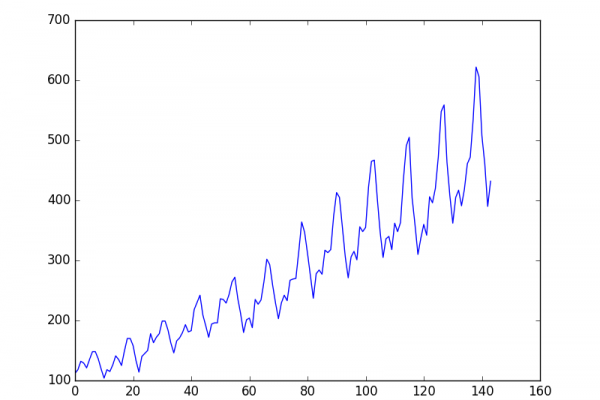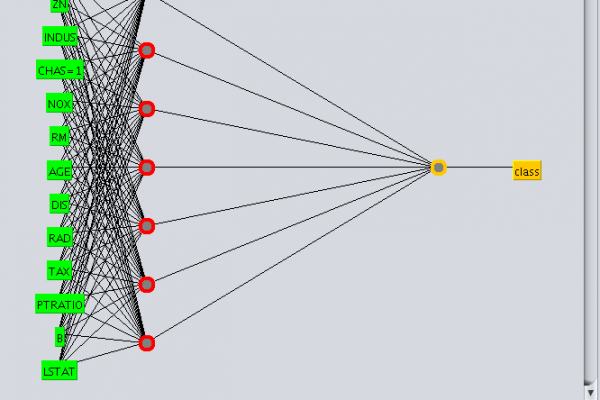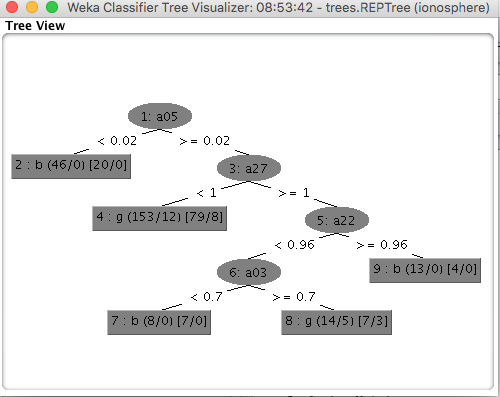How To Estimate The Performance of Machine Learning Algorithms in Weka
Last Updated on August 22, 2019 The problem of predictive modeling is to create models that have good performance making predictions on new unseen data. Therefore it is critically important to use robust techniques to train and evaluate your models on your available training data. The more reliable the estimate of the performance on your model, the further you can push the performance and be confident it will translate to the operational use of your model. In this post you […]
Read more








